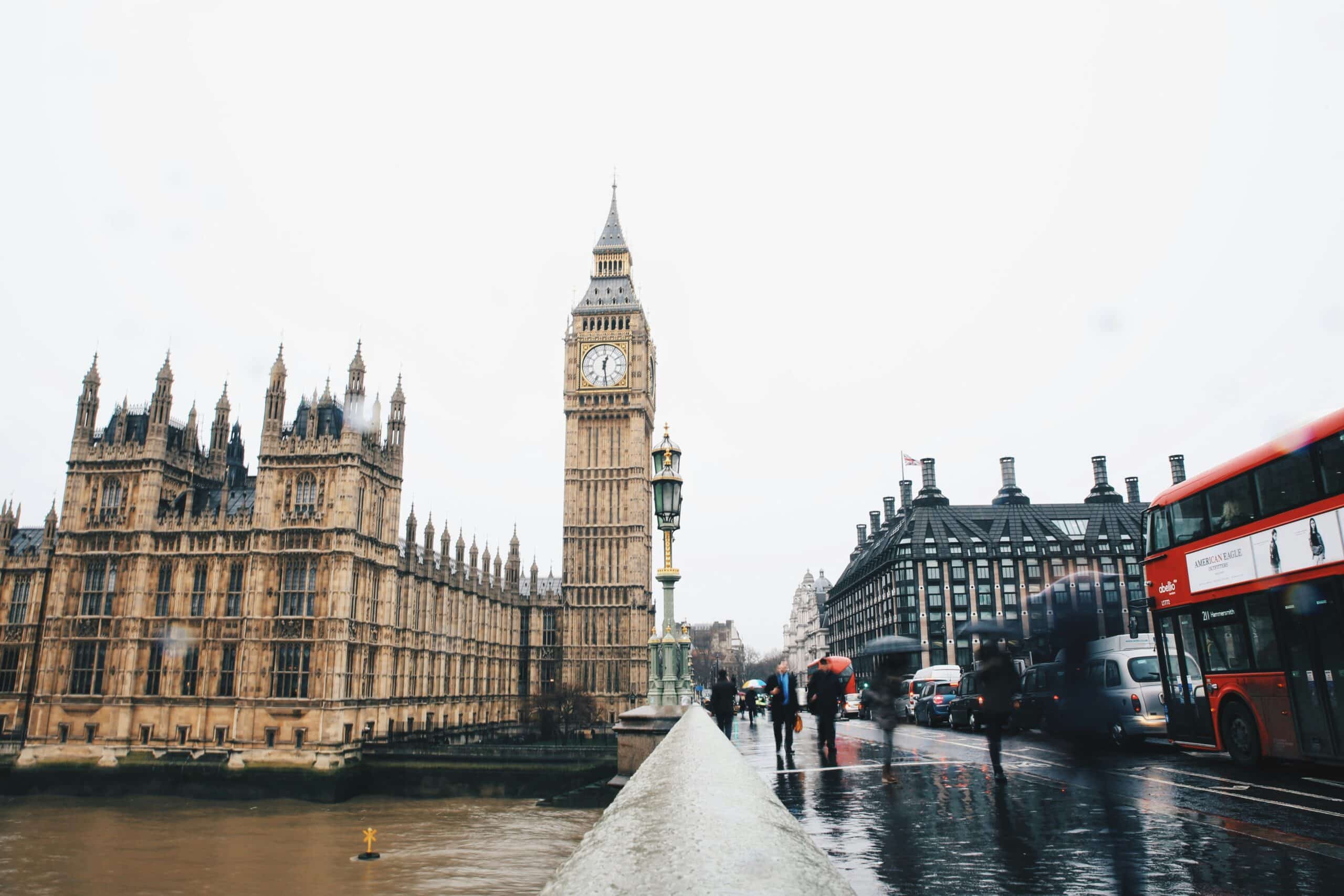Introduction
There are three primary methods through which you can pay yourself as a business owner tax efficiently. This involves withdrawing profits from your limited company: salary, dividends, and pension contributions (though the latter involves setting aside funds from the company for future use). Alternatively, profits can be retained within the company and later accessed through the sale proceeds or dividends.
The primary consideration in choosing among these methods is the net benefit to the owner in terms of payment structure. While nobody enjoys paying taxes or national insurance, optimising these payments to maximise benefits is prudent. Paying taxes isn’t necessarily negative if it results in more money in your pocket when you need it.
For instance, a basic rate taxpayer making a pension contribution provides a straightforward illustration of net benefit. By receiving tax relief on the contribution, they effectively turn an £80 net contribution into an £85 net benefit, taking into account tax relief, and future tax paid. Given this, one must decide whether to retain 100% of the £80 in their bank account or make a pension contribution to receive 85% of £100 at a future date.
However, for the owner of a limited company, the decision is more complex, considering various factors beyond simple tax implications.
Taxation applying to extracting profit
Corporation tax is a levy imposed on the profits of a registered business entity.
The primary corporation tax rate is now 25%, applicable to profits exceeding £250,000. Small businesses, defined as those with profits below £50,000, continue to be taxed at the small profits rate (SPR) of 19%.
For companies earning profits above £50,000 but below £250,000, the full main rate will apply, yet they will receive marginal rate relief. This means their actual corporation tax rate will gradually increase from 19% to a figure between the small profits rate and the main rate.
The SPR does not extend to close investment-holding companies, such as those controlled by a small group of individuals not primarily engaged in commercial trading or land investment for letting purposes. For instance, a Family Investment Company may not qualify for the SPR.
Before calculating profits, business expenses such as employee salaries (including those of business owners acting as employees), employers’ National Insurance contributions, and pension contributions (subject to the “wholly and exclusively” rule) are deductible.
Employers are obligated to pay National Insurance contributions for their employees once their salary surpasses specific thresholds. Typically this is at a rate of 15% on weekly income above £96 (equating to annual income above £5,000).
Be aware that the employment allowance, which provides up to £10,500 per year towards a company’s National Insurance contributions, may not be applicable to company owners unless they employ additional staff.
When paying yourself as a business owner, you cannot utilise the employment allowance if you are the director and the sole employee earning above the Secondary Threshold, or if you operate as a service company subject to ‘IR35 rules’, and your sole income comes from the intermediary (e.g., your personal service company, limited company, or partnership). If you are part of a group, only one company or charity within the group is eligible to claim the allowance.
Income will be taxed in line with standard employee taxation. When paying yourself as a business owner, you’ll receive a personal allowance, which currently stands at £12,570 per annum. However, it’s important to note that there’s a reduction for individuals with adjusted net income exceeding £100,000.
Similar to employer contributions, the rates and amounts of employee National Insurance (NI) contributions can vary. However, for most employees, NI is charged on weekly income between £242 to £967 at 8%, and on income above £967 at 2%.
Dividends represent payments made from company profits to its shareholders and can be an important element to paying yourself as a business owner. They are subject to taxation in a consistent manner across dividends received from companies, unit trusts, and open-ended investment companies.
Since the 2016/17 tax year, the previous dividend taxation system underwent significant changes. The dividend tax credit was eliminated and replaced by the structure outlined below.
Each individual is entitled to an annual Dividend Allowance of £500. Subsequent dividends are taxed as follows:
- Basic Rate: 8.75%
- Higher Rate: 33.75%
- Additional Rate: 39.35%
It’s crucial to note that the 0% rate serves as a starting point for dividend taxation and not a deduction from the dividend amount received. For instance, if an individual exhausts their personal allowance, falls £500 below the higher rate threshold, and receives £1,000 in dividends, £500 of those dividends would be subject to higher rate dividend tax.
Furthermore, it’s essential to understand that the entire dividend payment is considered in the tax calculation, not just the portion exceeding £500. While the initial £500 enjoys a 0% rate, any surplus is taxed according to the respective tax band. Dividends can offset any unused Personal Allowance before applying the £500 allowance. Consequently, an individual with no other income can receive dividends up to £13,070 before incurring tax liability.
What’s the most tax-efficient method for extracting profits from your business?
When paying yourself as a business owner, a straightforward solution to improve tax efficiency is to make pension contributions. As previously explained, these contributions are not subject to corporation tax or National Insurance when made by the business. Moreover, upon benefiting from these contributions, 25% is typically tax-free, with subsequent amounts taxed at marginal rates and no National Insurance to pay.
However, while pension contributions may be the most tax-efficient option, they might not always be the most practical. Individuals under 55 require accessible income for day-to-day living expenses. Even for those over 55, immediately vesting pension contributions could technically cover living expenses. However, in reality, this may not be feasible due to potential complications with recycling rules.
Moreover, accessing pensions beyond any tax-free cash can trigger the Money Purchase Annual Allowance (MPAA), limiting the ability to fund a Defined Contribution pension beyond the MPAA threshold.
Given the favourable tax treatment of pensions, it’s worth considering whether pension funds should be utilised to meet retirement needs rather than immediate financial requirements. It’s then important to explore how you can withdraw funds from your business to cover day-to-day living expenses both presently and in the future, when paying yourself as a business owner.
Dividends often outperform salary when it comes to meeting immediate daily needs, especially when considering all available allowances. However, the interplay between allowances and National Insurance (NI) thresholds can significantly influence this comparison. For instance, while you can draw a salary up to the personal allowance of £12,570 without incurring income tax, employers’ NI contributions become payable from £5,000.
Ultimately, the business owner must extract sufficient profit for livelihood. Therefore, determining the “sweet spot” for taking a combination of salary and dividends becomes crucial. Could the optimal approach entail taking a salary of £12,570, with the remaining amount as dividends? Perhaps. However, given the intricate nuances of taxation rates, thresholds, and allowances, the answer may be more nuanced and dependent on individual circumstances.
Once the immediate income needs have been met and any remaining profit is surplus to the business’s requirements, considering pension contributions becomes prudent.
Indeed, while there are many options for paying yourself as a business owner and extracting company profits, each carries its own tax and National Insurance implications for the business owner, considering both their employer and employee roles.
Despite the technical complexity involved, the planning approach can be fundamentally simple. The goal is to withdraw the minimum profit necessary to cover immediate needs, ensuring that the rest is directed towards the pension to optimise future financial security. An expert wealth adviser can help you determine the optimal strategy for your individual circumstances.
Advice around your remuneration structure is ultimately the responsibility of your company’s accountant.
The value of an investment with St. James’s Place will be directly linked to the performance of the funds you select and the value can therefore go down as well as up. You may get back less than you invested.
The levels and bases of taxation and reliefs from taxation can change at any time. The value of any tax relief depends on individual circumstances.
SJP Approved 23/05/2025






























